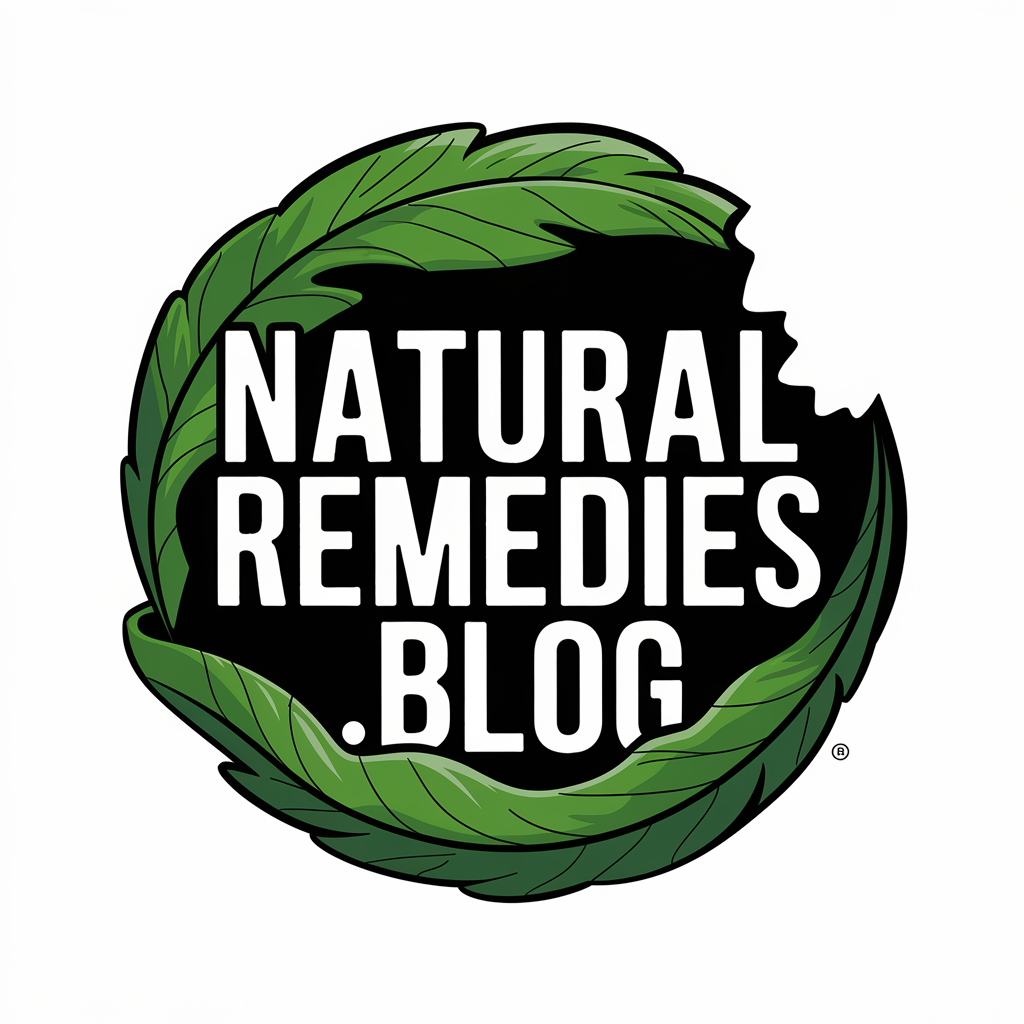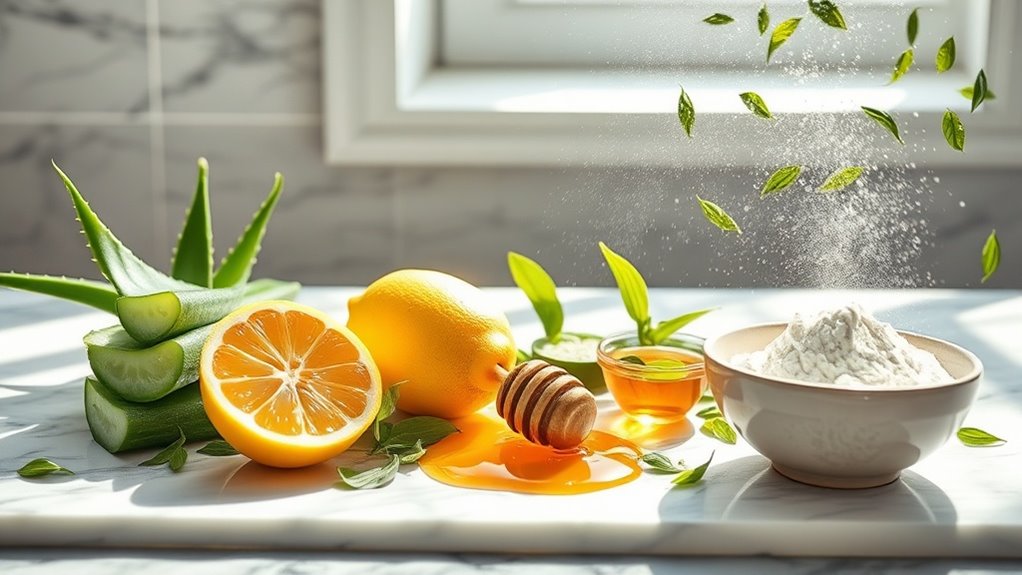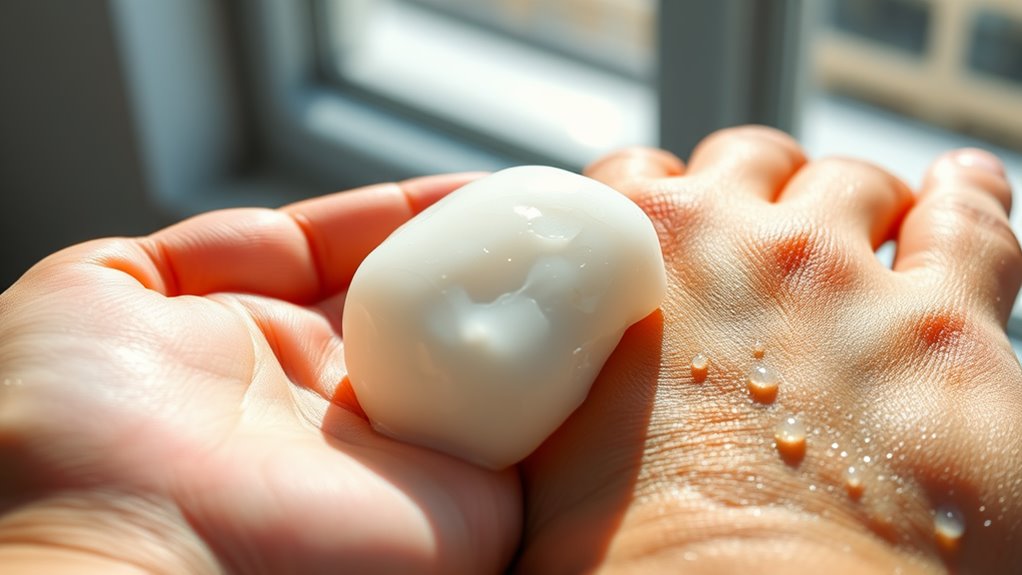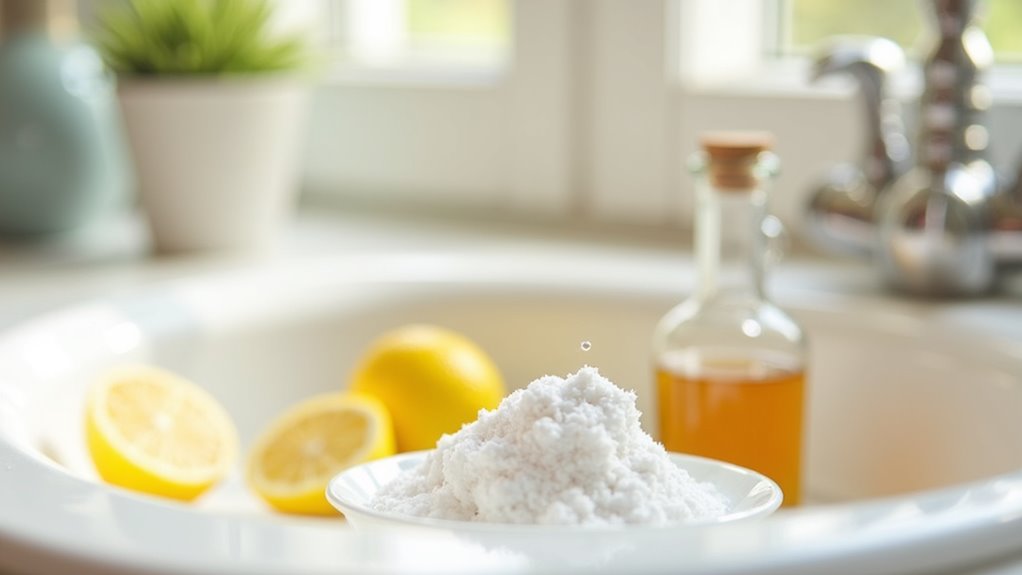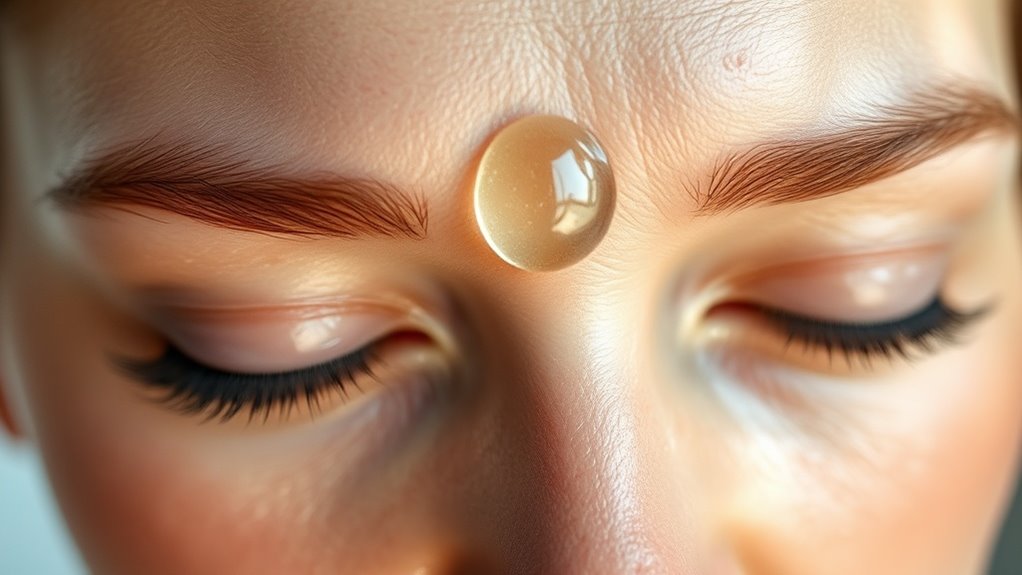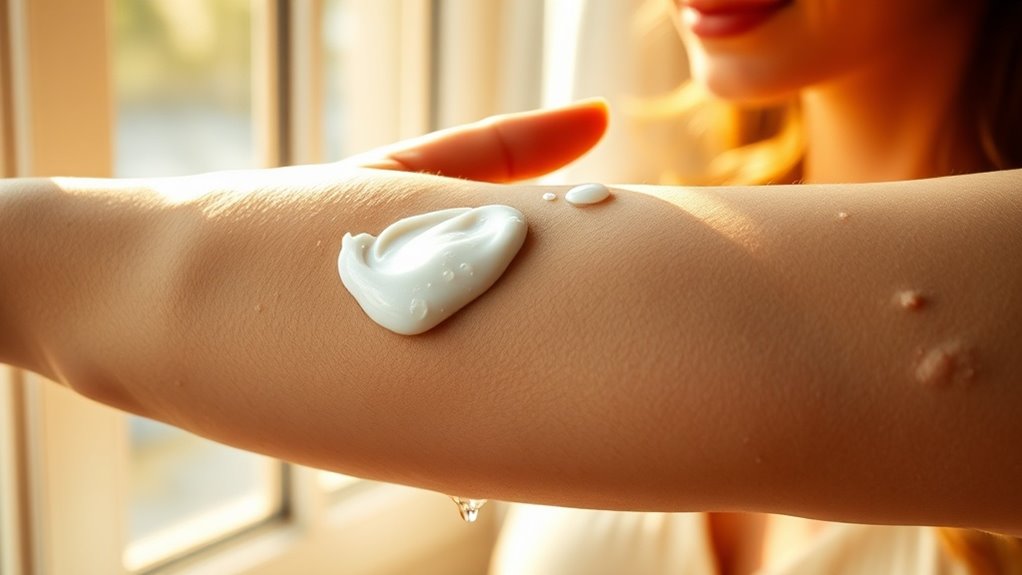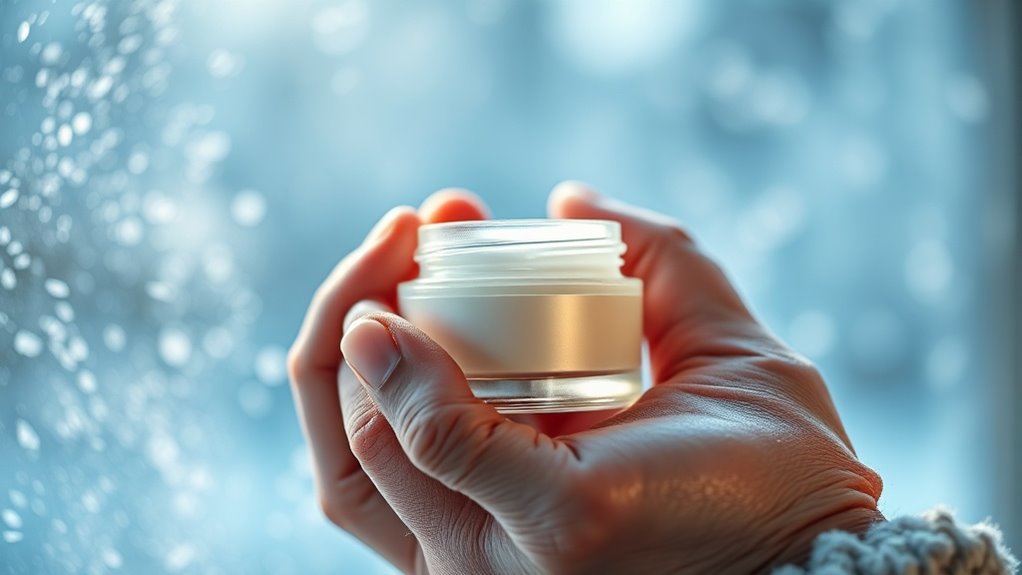Oily Skin Care Hacks With Natural Remedies
Your skin’s sebaceous glands can produce up to 1,500 micrograms of sebum per square centimeter of facial skin daily. When you’re dealing with excess oil production, you’ll notice enlarged pores, frequent breakouts, and an unwanted shine that seems impossible to control. While conventional treatments often rely on harsh chemicals, nature offers scientifically-validated alternatives that can effectively regulate sebum production. The strategic combination of specific botanical compounds and minerals can transform your oily skin management approach.
Understanding Oily Skin: Causes and Triggers
Excess sebum production, characterized by an overactive sebaceous gland response, is the primary cause of oily skin.
Your genetics, hormonal fluctuations, and environmental factors can trigger increased sebum secretion. Androgens, particularly during puberty and menstruation, stimulate oil production in your skin’s sebaceous glands.
For effective oily skin care, you’ll need to understand that stress, humidity, and certain medications can exacerbate sebum production.
Diet also plays a role – high glycemic foods and dairy products may increase sebaceous gland activity.
Additionally, using harsh products can strip your skin, paradoxically leading to compensatory oil production.
Kitchen Ingredients That Combat Excess Oil
Citrus fruits provide alpha-hydroxy acids that regulate sebum production. Green tea’s polyphenols inhibit 5-alpha reductase, reducing oil secretion.
Raw honey exhibits antibacterial and humectant properties, balancing skin’s moisture without promoting oiliness.
Egg whites contain albumin protein that temporarily tightens pores and absorbs excess sebum.
Apple cider vinegar’s acetic acid helps maintain ideal pH levels, while oatmeal’s beta-glucans absorb oil while soothing inflammation.
Tomatoes provide lycopene and vitamin C, controlling sebaceous gland activity. Additionally, maintaining consistent hydration can improve skin balance and help reduce excess oil.
Essential Oils and Herbs for Shine Control
Beyond kitchen staples, specific botanical extracts offer powerful sebum-regulating properties. Tea tree oil contains terpinen-4-ol, which reduces oil production while fighting P. acnes bacteria. Lavender and rosemary oils exhibit astringent properties that help minimize pore appearance. You’ll find niacinamide-rich herbs like holy basil particularly effective at regulating sebaceous gland activity. Witch hazel’s tannins provide natural astringency without overdrying. Peppermint’s menthol component creates a cooling effect while temporarily constricting pores. For ideal results, dilute these essential oils in a carrier like jojoba, which closely mimics skin’s natural sebum composition. Additionally, coconut oil’s antimicrobial properties help combat acne-causing bacteria, making it a valuable addition to oily skin care routines.
DIY Face Masks and Scrubs for Oily Skin
Creating effective DIY face masks and scrubs requires understanding the molecular composition of natural ingredients that target excess sebum production. You’ll want to combine ingredients with proven astringent, antibacterial, and oil-absorbing properties.
| Ingredient | Function |
|---|---|
| Kaolin Clay | Absorbs excess sebum |
| Salicylic Acid | Exfoliates pores |
| Bentonite | Draws out impurities |
| Green Tea | Reduces inflammation |
Mix 2 tablespoons of kaolin clay with green tea extract for ideal sebum control. For enzymatic exfoliation, combine papaya enzymes with bentonite clay. These formulations work by modulating the 5-α-reductase enzyme that regulates sebaceous gland activity while maintaining your skin’s acid mantle. Incorporating coconut oil’s antimicrobial properties can also enhance the efficacy of your DIY skincare remedies.
Daily Natural Skincare Routine for Oil Management
Since managing oily skin requires consistent intervention, establishing an evidence-based daily routine can help regulate sebaceous gland hyperactivity and maintain ideal lipid levels.
Begin your morning by cleansing with a non-comedogenic, pH-balanced cleanser containing salicylic acid or benzoyl peroxide.
Apply an alcohol-free toner with niacinamide to normalize pore function. Follow with a lightweight, oil-free moisturizer containing hyaluronic acid and zinc.
In the evening, double cleanse to remove excess sebum accumulation.
Apply retinol to modulate sebocyte activity, then use a clay-based spot treatment on areas prone to hyperseborrhea.
Conclude with a non-occlusive moisturizer containing ceramides. Additionally, incorporating natural remedies such as aloe vera can provide soothing relief for any irritation caused by excess oil production.
